
Millennium Falcon Build Journal No. 15: Issues 53-56
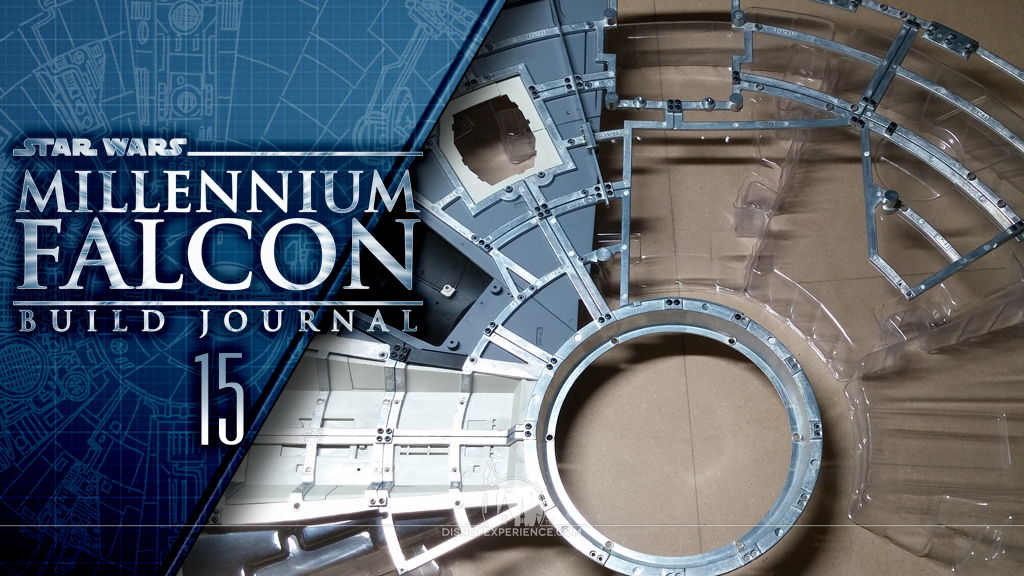
The Arrival
Has DeAgostini changed their packaging? Unlikely.
This month’s box was a bit different from the ones that came before: they used an unmarked box with a clear Model Space sticker on the side. Normally, the boxes have the Model Space logo printed directly onto the box with green and black ink. Is this a new packaging scheme to help reduce costs? Is it cheaper to use nondescript boxes with a sticker slapped onto the side? Or, did they simply run out of the customized boxes?
The box did appear to be a little bit bigger, too. But, the previous boxes had adjustable flaps that could easily accommodate the contents.
There was also bubble wrap inside, which I haven’t seen since the second box. Was it put there to help protect the two large jig pieces inside, or have they started adding bubble wrap to all boxes? Perhaps they traded their custom box designs for better packing materials. Who knows.
This month’s build is very simple; most of the work is on assembling the upper hull frame and components. Additional greeblies and parts are set aside for future issues, and there are a couple of mistakes in issue 55’s instructions that have been confusing many people.
Holland’s Lighting Kit
There is an excellent third-party lighting kit available that adds landing and warning lights to the bottom of the Millennium Falcon. The kit plugs into the model’s existing electronics, which is perfect for those of us who have no electrical skills and couldn’t solder if our lives depended on it. The kit costs £60, which is roughly $85 (U.S.) at the time of this writing.
Chris Falcon has received a complimentary copy of this kit, and does a great job of showing how the finished kit looks.
I was very tempted to order the lighting kit, but decided against it. I’m still trying to get a hold of the corrected French parts (I may have to order the Japanese versions), and installing the lights would include some tricky “surgery” that I am not willing to perform at this time.
There is also another lighting kit in development that will add blinking lights to the cockpit. Stay tuned for more information on that.
Digital Instructions
One thing that we Americans do not get with our model subscription are digital editions of the magazines. That’s fine; I can live without them. Plus, I hear that many UK subscribers have been having trouble getting current editions.
Admittedly, though, having digital versions of just the instructions would be very handy. Luckily, they are available on scaleautofactory.com, and go up to issue 77 at the time of this writing. Unfortunately, you cannot download PDF versions (unless you know how to make them yourself); the instructions must be viewed on the website. Still, it’s pretty handy if you have a mobile device with an internet connection.
Painting
Before moving on to this month’s assembly, I painted a portion of the framework black. I saw one builder’s model where he painted the exposed framework (under the removable panels) black. It was a modification that I had been thinking of for some time now, and now that I’ve seen someone else do it, I really liked what I saw. That is one of the reasons that I painted the interior diorama black to begin with.
I also painted the inside of the matching corridor black. With everything being black, the eye’s focus jumps straight to where it should be: the detailed interior rooms that I worked so much on.
I also added paint to the hull, following the reference photos of the actual shooting model. The top hull’s paint is severely chipped and damaged, so I’m looking forward to adding those in the future. They’re those details that are fun and relaxing to create. All I need is my fingernail and a sharp object to chip the paint off.
Assembly
As I mentioned before, the bulk of the assembly is the attachment of the framework.
I’m finding that it’s very necessary to use the jig; the upper framework just isn’t as sturdy as the lower framework. But, that’s due to the many voids in the framework required so that certain parts can be attached later. It should firm up nicely after the whole frame is assembled and I screw down the hull panels.
In issue 55, there are a couple of mistakes in the instructions. If you’re not paying attention, they can be very confusing, and you will be looking for “missing” parts.
Frame pieces TF-19 and TF-20 in the instructions are actually TF-21 and TF-22, respectively. If you look closely at the pictured parts, you can even make out the correct part numbers embossed on the parts themselves. This mistake has been reported to DeAgostini, and in usual fashion, they have ignored any requests to confirm their mistake.
The battery holder is easy to assemble, but a bit unusual. To get to the battery box (to change batteries), four small black screws need to be removed. Larger screws would have been better here; I foresee many people losing those tiny screws.
Removing the panel and flipping it over, two more screws have to be removed or loosened to release the battery box. The screws here are larger, but still subject to being lost. Additionally, the screws have tiny hex nuts that can fall out and be lost. I might lightly fill those holes to prevent the nuts from falling out.
The hull recesses are very detailed, and I really enjoy putting them together. The first one for the upper hull was a little tricky, and I found myself relying a lot on the various images in the instructions. Tricky, but fun.
Lastly, I glued two much-needed braces for the ramp actuators. I’m always hitting or snagging those parts no matter how much I try to avoid it.
I am anxiously awaiting the next box, which will have the control board. With that, I can finally test the ramp motor and glue it to the ramp.
Prev Journal Entry | Next Journal Entry
Both the post author and this website have not received any compensation for writing this post. Both the post author and this website have no material connection to the third-party brands, products, or services that have been mentioned. Some of the links in the post above are “affiliate links.” This means that if you purchase the item, we will receive a commission. As an Amazon associate, we earn from qualifying products. This is being disclosed in accordance with the Federal Trade Commission’s 16 CFR, Part 255: “Guides Concerning the Use of Endorsements and Testimonials in Advertising.”

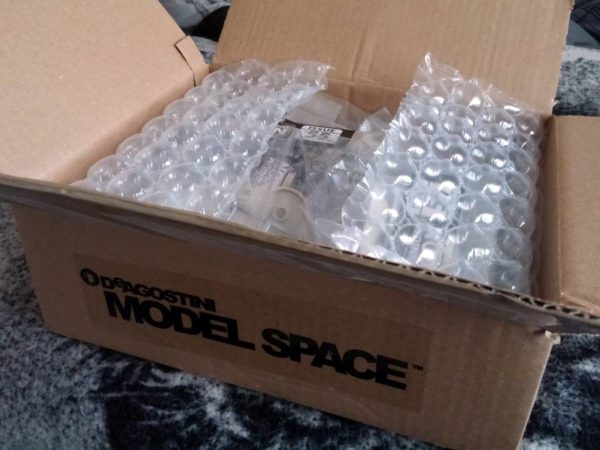
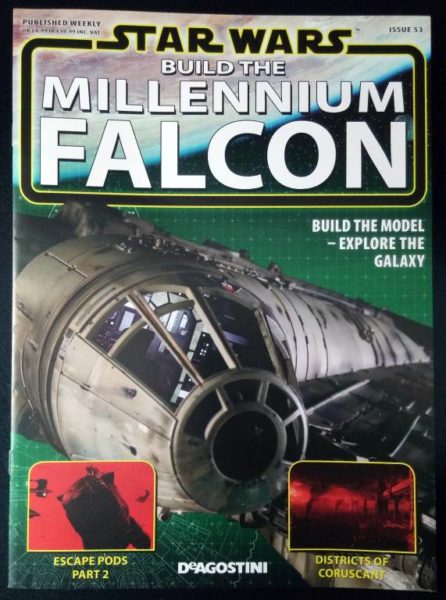
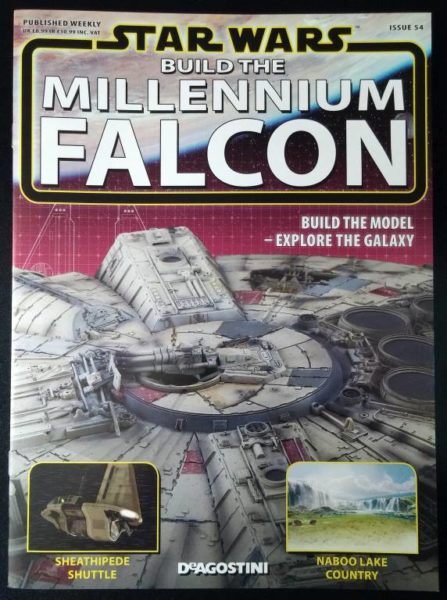
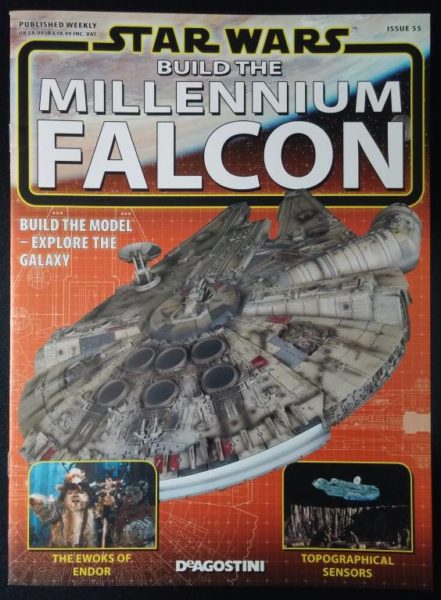

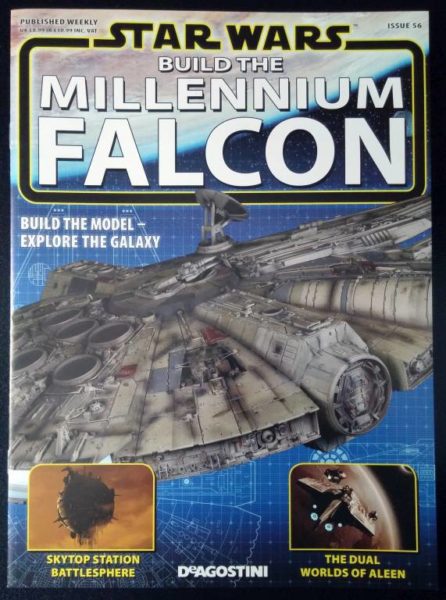
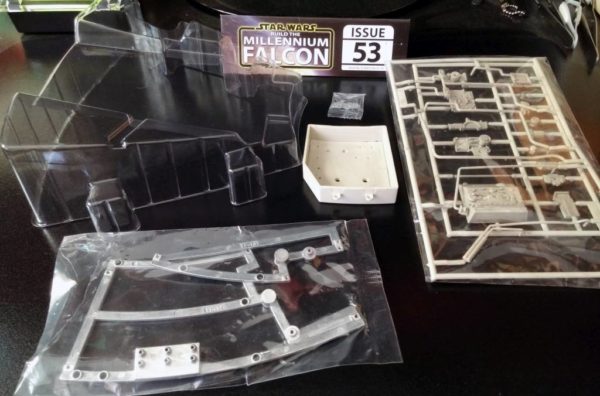
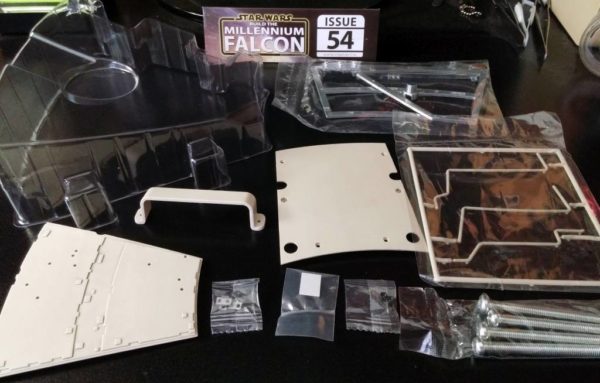
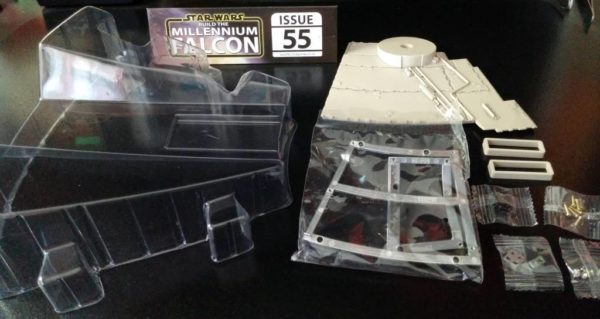
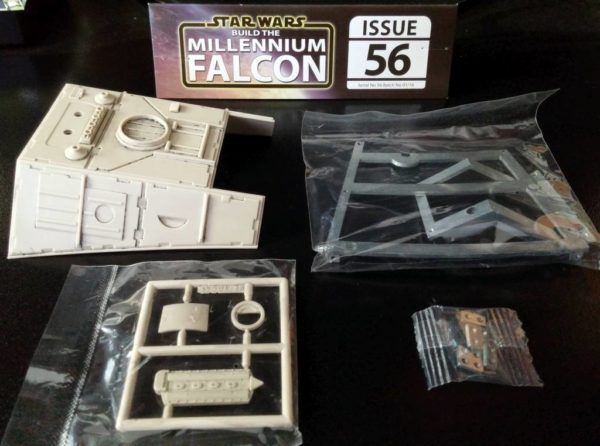
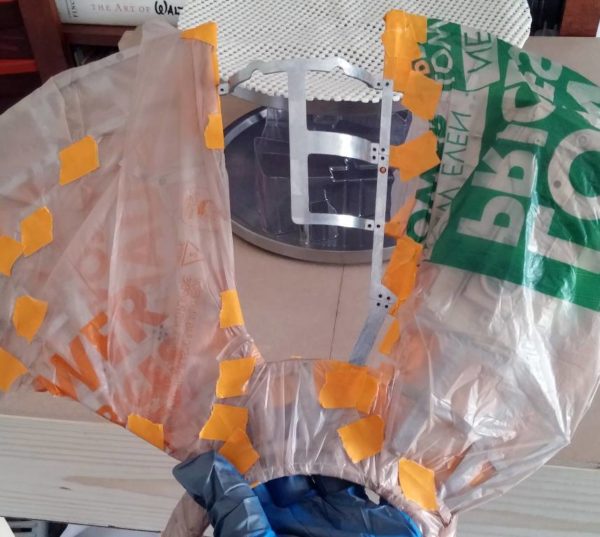
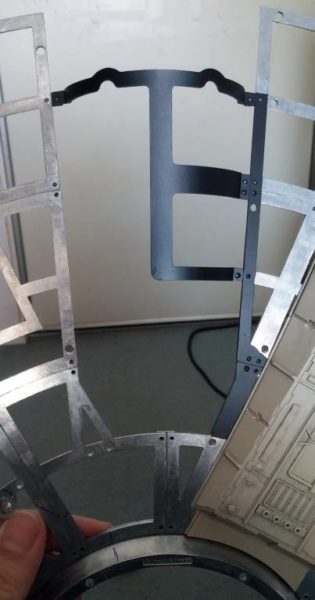
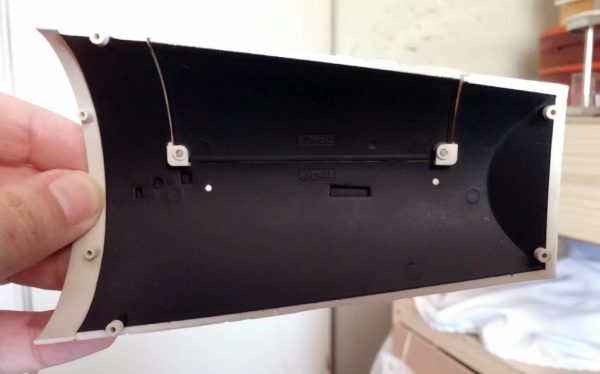
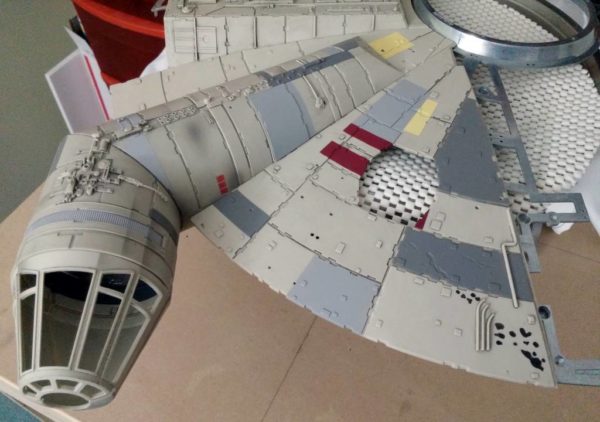
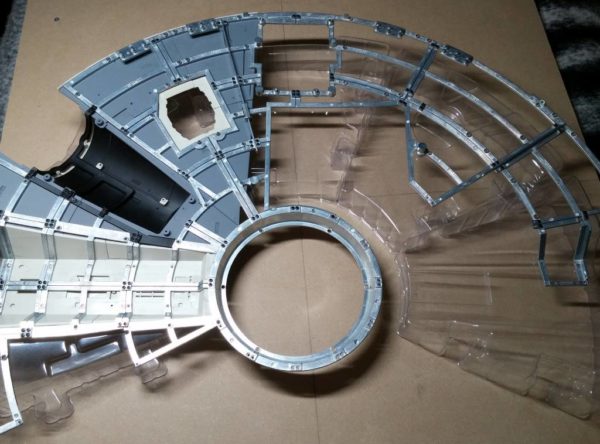
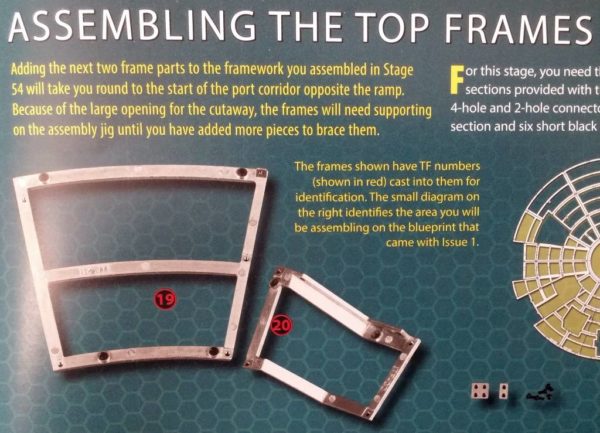
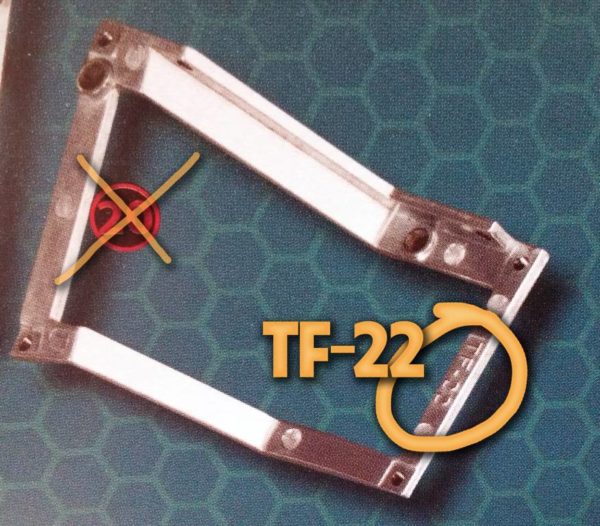
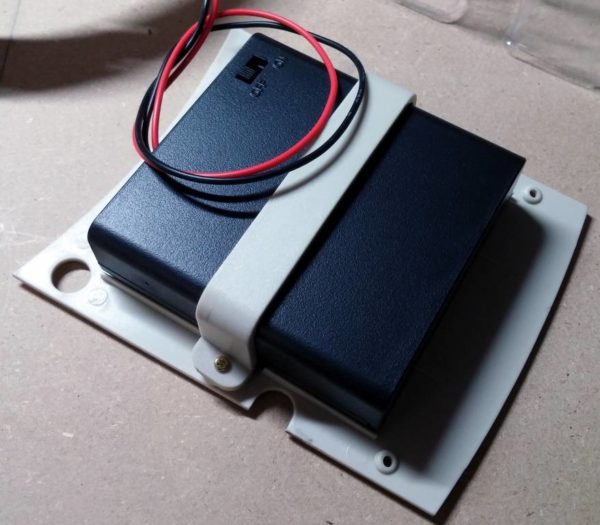
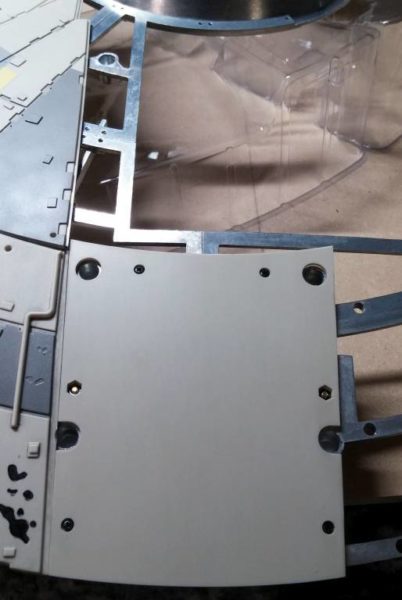
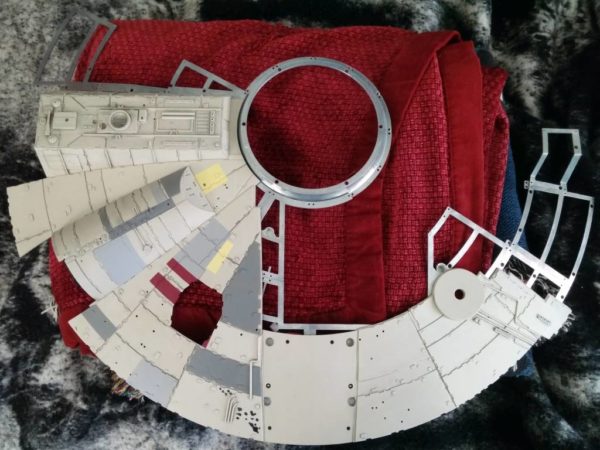
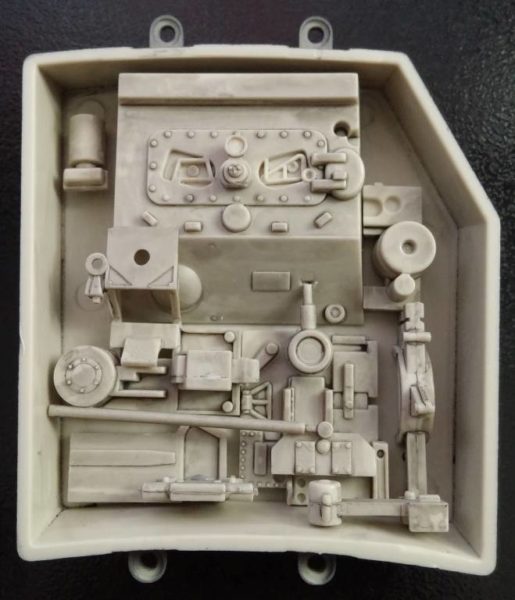
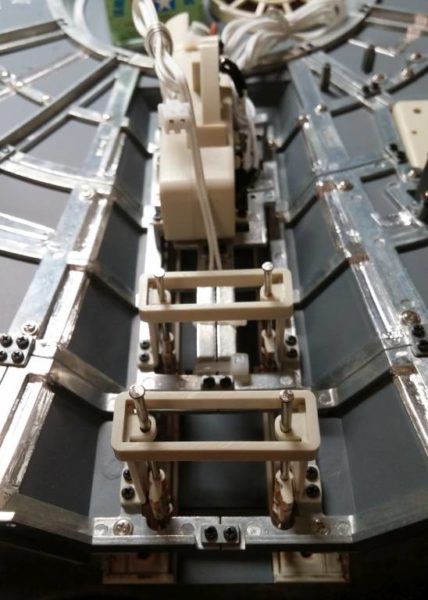
Do you have a thought about this post? Why not leave a comment . . .